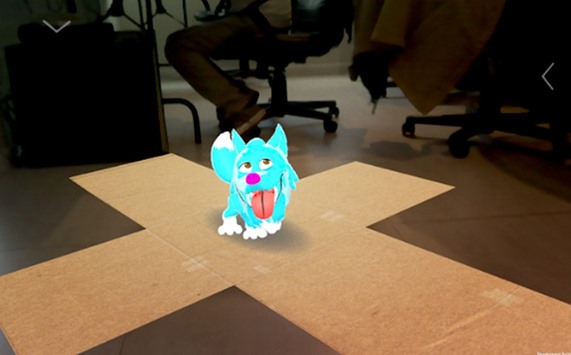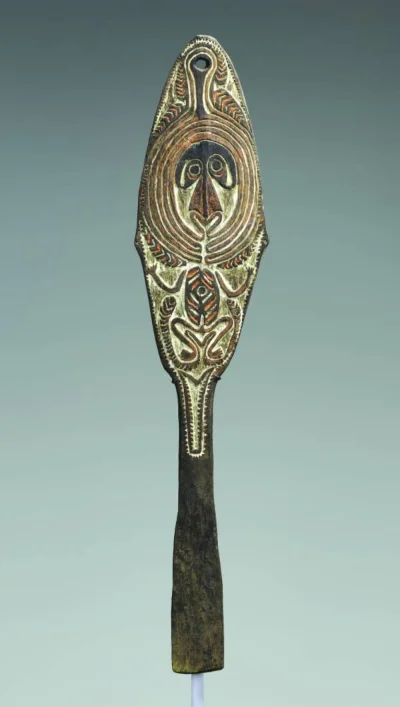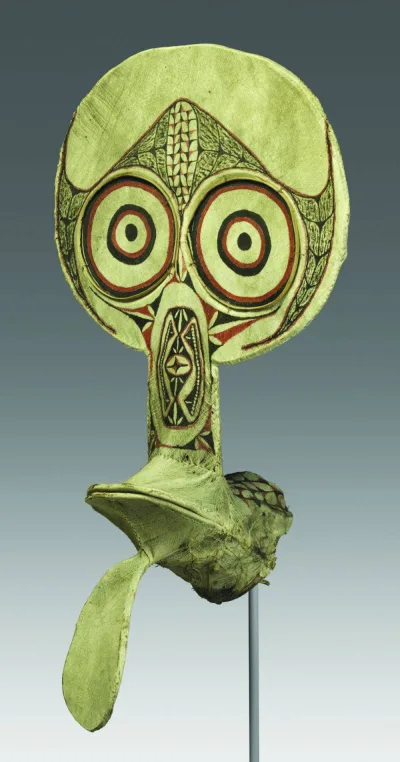Google’s Project Tango is finally ready for the prime time. First revealed in June 2014, Project Tango has taken two years to mature into a consumer-ready technology platform.
Earlier this year, Google announced that it was partnering with Lenovo to produce the first consumer-ready device. This device has now arrived in the form of Lenovo Phab2 Pro, the world’s first Tango-enabled smartphone to bring Google’s magic on Augmented Reality right to people’s palms.
For the uninitiated, Tango uses a combination of a depth-perception camera, infrared camera and the accelerometer and the gyroscope to map out the area around it. A useful, but not entirely accurate, analogy will be GPS for indoors. In its orientation video, Google says a Tango device does three things: 1) motion tracking of the device, 2) learn and recognise an area when it comes back to the same location, and 3) perception of depth.
Combined, these three functions open up a world of possibilities. The first thing that comes to mind is indoor navigation: no more getting lost in large malls and buildings. Of course, you will need to have a supported application loaded with the relevant map for this to work. It may be a while before you see such implementations around you though, assuming of course that the technology catches on.
But that is not all. I recently discussed the applications of Microsoft’s HoloLens and how users can see virtual objects placed in real world scenarios, such as how a couch will look like in your living room. Tango, essentially, has the same capabilities in a much more affordable and portable package (since you are basically getting it included in a Tango-enabled phone).
The HoloLens-enabled mixed reality headsets that Microsoft’s partners will launch will start at about 300 dollars. In comparison, the Lenovo Phab2 Pro has launched for 500 dollars in the US. For this money, you get a phone with a pretty capable mid-range processor in the form of Snapdragon 652, 64GB of expandable storage, 4GB of RAM and a massive 6.4 inch screen of QHD resolution (459 PPI). This is on par with and even better than many other mid-range phones that go for this price. So you are basically getting Tango support tacked on to the phone with little to no premium added.
This has the potential to be game changing. That said, the Phab2 Pro is clearly not for everyone, with its giant screen. It will also not appeal to power users, who want the latest and greatest specs. It is kind of baffling that Lenovo and Google decided to go this route. Because as good as the technology might be, most people will look at it as an added-on feature. As such they will want a phone that works well for them first and foremost; and if it offers something extra on top, such as Tango, excellent.
It may have made much more sense for the two companies to release a sub 6-inch phone with flagship specifications. Because I can see many technophiles getting such a device, even if Tango is an unproven concept at present that may falter as many other promising technologies have (Google Glass anyone?).
Another hurdle is app support. The Phab2 Pro is currently the only consumer device with Tango support and as you would expect, there are not a lot many of Tango apps out there in the market. The Google Play has about two dozen applications that support the Tango platform. Though this may change very quickly if the technology catches on.
But all my nit-pickings aside, the entire project is brimming with potential. The Phab2 Pro works well as a proof of concept, and one can only hope that more manufacturers start supporting Tango in their future smartphone.

Raise uses the Tango platform to put a virtual pet in your surroundings.


